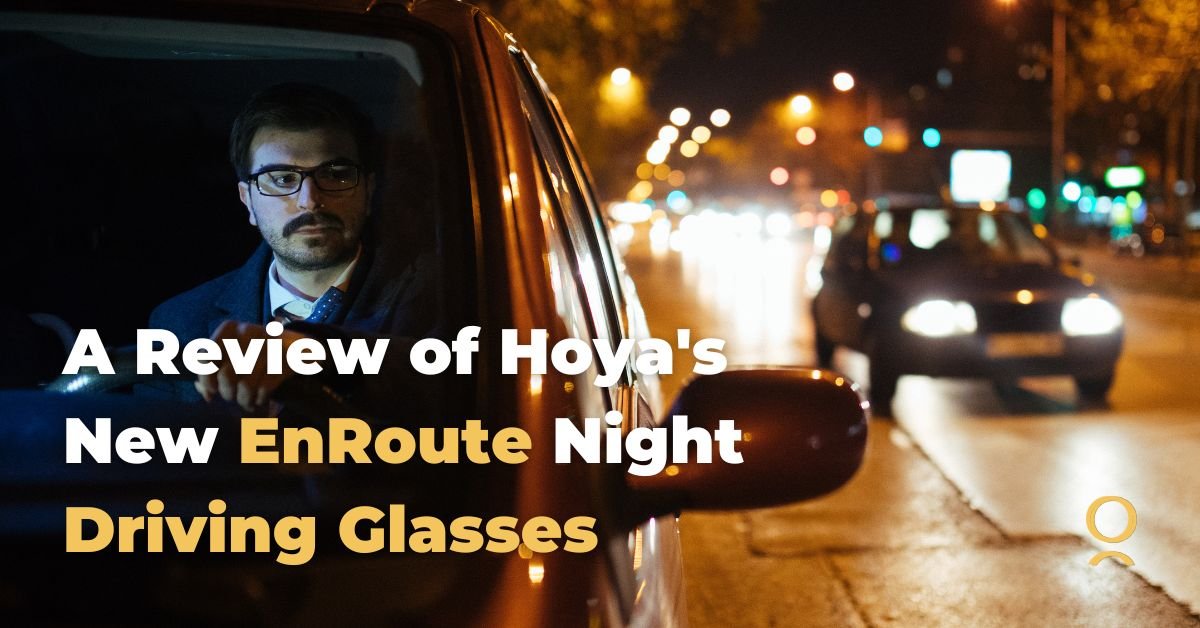
Office Lenses
That Work For You.
See the Difference that Computer and Work Space Lenses Can Make To Your Life.
Why You Should Consider Office Lenses?
Computer and workspace lenses are specifically engineered to reduce eye strain and enhance visual comfort while doing near-point tasks. Their advanced designs optimize your vision for short room, intermediate and near distances, ensuring clear and comfortable focus whether you're cooking in a kitchen, working on a computer, reading documents, or engaging in other office activities.
They’re great for anyone who works on a computer all day long, people in dynamic environments like retail, chefs, and health care.
Terms
Let’s Break Them Down
-
Hoya's Integrated Dual Surface (iD) technology revolutionized progressive lens design by being the first to utilize both the front and back surfaces of the lens. This dual-surface approach allows for a more efficient distribution of progressive powers, enhancing visual quality and comfort. The vertical components of the progressive addition are placed on the front surface, facilitating easier eye rotation into the reading area, while the horizontal components are positioned on the back surface, expanding the reading zone and reducing peripheral distortion.
-
Binocular Harmonization Technology (BHT) is an advanced solution designed to address the issue many people face with progressive lenses, especially those with different prescriptions in each eye (about 7 out of 10 people). This technology recalculates and adjusts the progressive lens power distribution based on the actual positions used on each lens, ensuring both eyes receive the same level of accommodation support. This harmonization is crucial as it helps in reducing the visual disbalance and eye strain that typically occur when each eye perceives different images due to the varying prescriptions.
BHT incorporates five patented evaluative methods as part of its Binocular Eye Model, including Binocular Clearness Index, Convergence Difference between right and left eyes, Accommodation Demand Difference, Magnification Difference, and Vertical Prismatic Difference. These methods focus on assessing binocular performance to ensure the lens design provides balanced support for both eyes, enhancing the wearer's visual comfort and clarity.
By offering a more personalized and harmonized visual experience, BHT helps reduce symptoms associated with digital eye strain, such as headaches, blurred vision, and dry eyes. This technology represents a significant step forward in progressive lens design, providing people who need help with near-point reading with a solution that addresses their unique visual needs and enhances their overall quality of life.
-
The corridor length in progressive lenses refers to the vertical zone through which the lens power gradually changes from distance to near vision. Adjusting this corridor length can optimize the lens for tasks like computer work or reading. In the past, variable designs were used to prioritize the intermediate area, while fixed designs were used to prioritize reading.
Increasing corridor length, though, also causes you to need to look down more to get the full reading power. Typically, 1 mm of additional length increases the angle by 2 degrees. The most comfortable reading angle for the eyes is usually between 25-30 degrees, so the ideal corridor length for most progressive lenses is usually 14mm to 16mm.
-
Hoya's Super HiVision EX3 coating is highly regarded for its remarkable scratch resistance, superior to even glass, and ability to maintain less than 0.5% light reflectance. This results in lenses that are extremely durable and provide clear vision with minimal glare. The addition of an improved hydrophobic layer ensures that the lenses are very easy to clean, offering a comprehensive solution to common issues associated with anti-reflective coatings, such as scratches and reflections.
The introduction of the Super HiVision Meiryo EX4 coating builds upon the success of EX3 by offering even greater scratch resistance—2.5 times more than standard coatings. This newer coating also emphasizes durability, long-term cleanability, and UV protection. It also incorporates a proprietary substrate-matching process that aligns each layer's adhesive properties, enhancing the lens's resilience to temperature changes and ensuring overall durability.
-
Our progressive lens offerings come standard with the highest quality anti-reflective and scratch-resistant coatings available, ensuring you receive superior clarity and durability without any additional cost.
You can upgrade your lenses to thinner and lighter lens options based on your prescription. Including the thinnest 1.74 index lenses. You may also upgrade to polarized or photochromatic lenses in some lens styles.
Recharge - Bluelight Lenses
Experience the next level of visual comfort with Hoya's Recharge Lens Coatings, a revolutionary addition to any pair of progressive lenses. Designed to alleviate eye strain and enhance clarity, these lenses are perfect for those who spend extended hours in front of digital screens. The Recharge lens coating partially filters out blue light, promoting better sleep cycles and reducing the risk of digital eye strain. Seamlessly integrating with your existing progressive lenses, Hoya's Recharge technology offers a simple yet effective solution to protect and enhance your vision in the digital age. Embrace the benefits of clearer, more comfortable vision with Hoya's Recharge Lenses.
We normally recommend Recharge - Bluelight lenses with all of our computer and office lenses.










